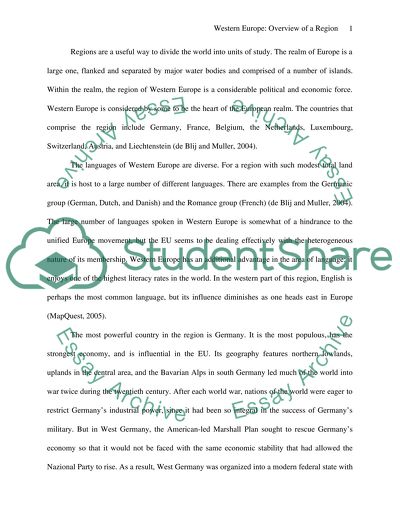Cite this document
(Western Europe: Overview of a Region Term Paper, n.d.)
Western Europe: Overview of a Region Term Paper. Retrieved from https://studentshare.org/geography/1547685-region-report
Western Europe: Overview of a Region Term Paper. Retrieved from https://studentshare.org/geography/1547685-region-report
(Western Europe: Overview of a Region Term Paper)
Western Europe: Overview of a Region Term Paper. https://studentshare.org/geography/1547685-region-report.
Western Europe: Overview of a Region Term Paper. https://studentshare.org/geography/1547685-region-report.
“Western Europe: Overview of a Region Term Paper”, n.d. https://studentshare.org/geography/1547685-region-report.


